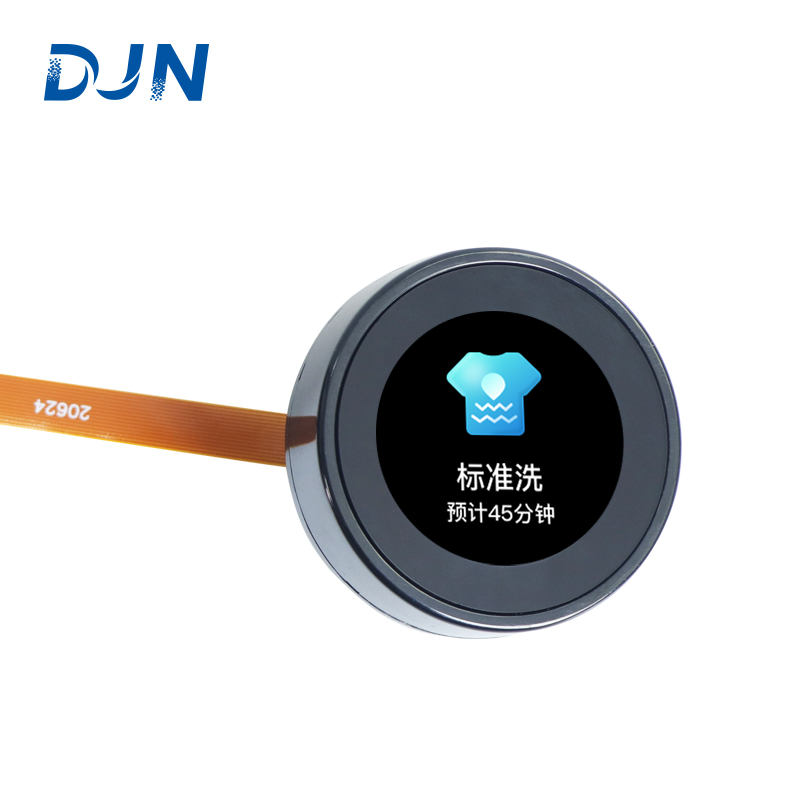In today’s fast-paced world, Human-Machine Interface (HMI) LCD displays have become an integral part of our daily lives. From smartphones to smart appliances, these displays provide us with a seamless and interactive user experience. Let’s delve into the world of hmi lcd display and explore its benefits.
The Advantages of HMI LCD Display

HMI LCD displays offer numerous advantages that make them highly sought after in various industries. Firstly, their high resolution and vibrant colors ensure clear visibility even in bright sunlight or low-light conditions. This makes them ideal for outdoor applications such as automotive dashboards or industrial control panels.
Secondly, HMI LCD displays are known for their touch-sensitive capabilities, allowing users to interact directly with the screen. This intuitive interface enhances user experience by providing quick access to information and simplifying complex tasks.
Furthermore, these displays are designed to be durable and reliable, capable of operating under extreme temperatures or harsh environments without compromising performance. Their long lifespan ensures cost-effectiveness for businesses while reducing electronic waste.
The Rise of E Ink Screen Technology
e ink screens have gained popularity due to their unique features that set them apart from traditional LCD displays. These screens utilize electrophoretic technology which mimics ink on paper, resulting in a paper-like appearance that is easy on the eyes.
E Ink screens consume significantly less power compared to other display technologies since they only require energy when changing content on the screen. This energy efficiency makes them suitable for e-readers like Kindle devices where battery life is crucial.
Moreover, E Ink screens excel in readability under direct sunlight thanks to their reflective nature instead of relying on backlighting like traditional LCD displays. This makes them ideal for outdoor signage or electronic shelf labels.
The Versatility of Customized Displays
customized displays offer a tailored solution to meet specific industry requirements. Whether it’s a unique screen size, shape, or functionality, these displays can be customized to fit the desired application perfectly.
For instance, in the automotive industry, customized HMI LCD displays can be integrated seamlessly into the vehicle’s dashboard design while providing essential information such as navigation and entertainment options. In medical devices, customized displays ensure accurate visualization of patient data and enable precise control during surgical procedures.
Furthermore, customization extends beyond physical attributes. Display software can also be tailored to provide user-friendly interfaces that align with brand identity or specific user preferences.
In Conclusion
HMI LCD display technology continues to evolve and revolutionize various industries by enhancing user experience through high resolution, touch-sensitive capabilities, durability, and reliability. Additionally, E Ink screens offer energy efficiency and excellent readability under direct sunlight. The versatility of customized displays allows businesses to create tailor-made solutions for their specific needs.
As we move forward in this digital era, HMI LCD display technology will undoubtedly play a crucial role in shaping our interactions with machines and improving overall usability across different sectors.
